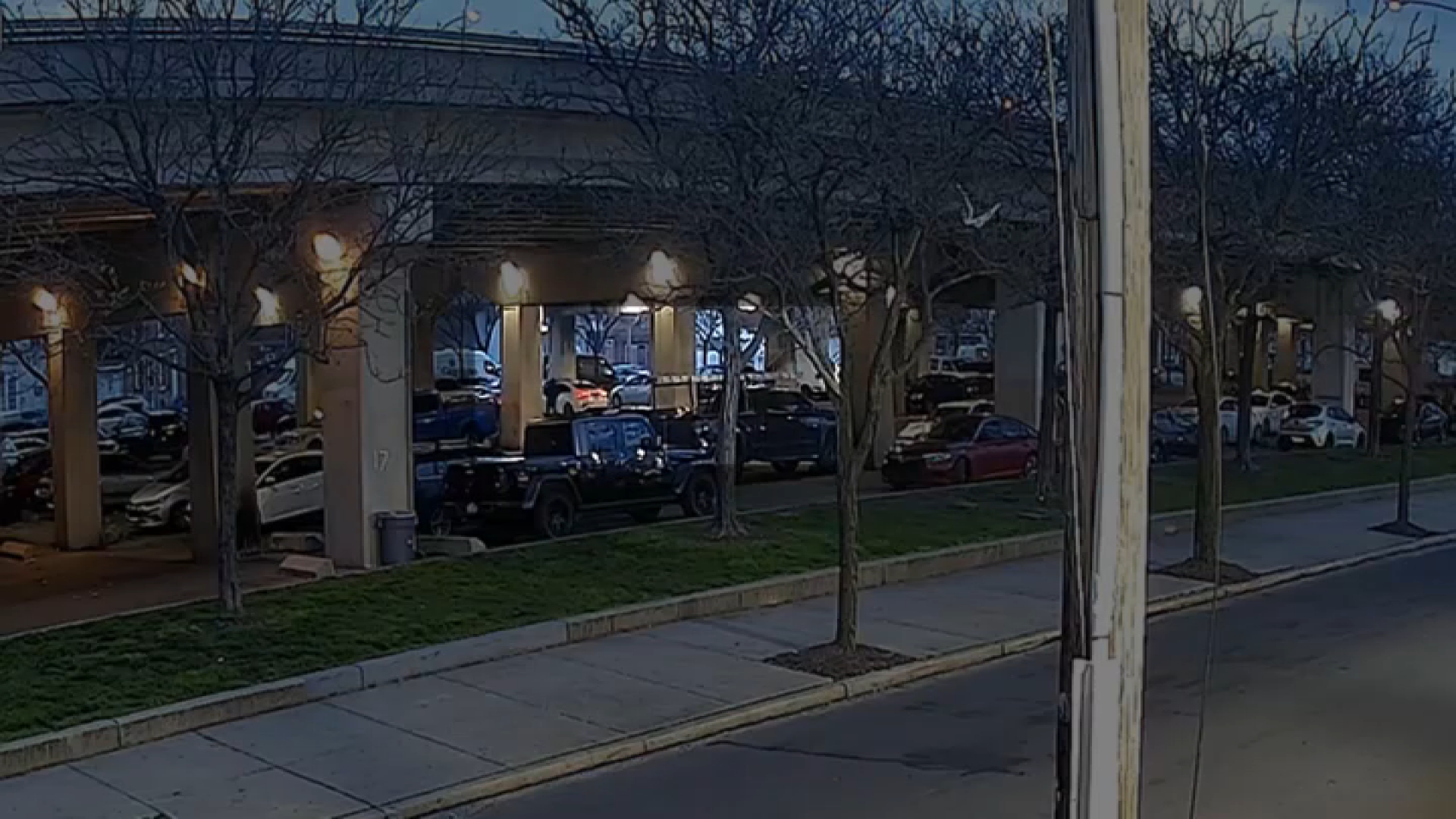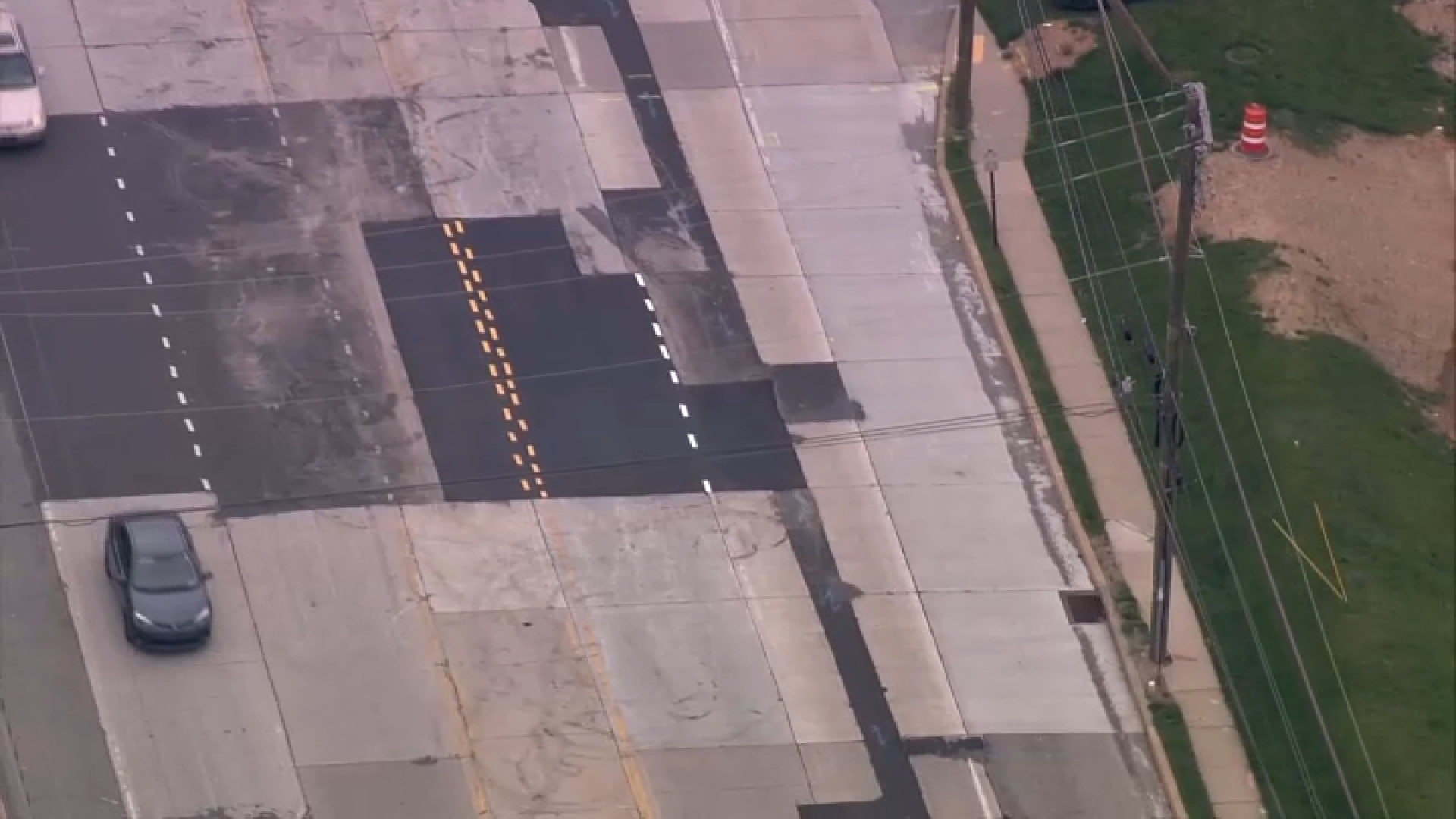One of the 160 documents released by the National Transportation Safety Board Monday on last year’s deadly Amtrak derailment details the work schedule of engineer Brandon Bostian and describes all the events leading up to the crash, which killed eight people and injured more than 200 on May 12, 2015 in Philadelphia.
The Human Performance Group Chairman’s Factual Report first describes Bostian’s 72-hour work/rest schedule. The Report includes details from two interviews with Bostian, one three days after the crash and the second one in November.
INTERVIEW 1
INTERVIEW 2
Bostian, 32, told investigators he normally sleeps between six to eight hours or more each night and normally felt “pretty good” whenever he got at least six hours of sleep. Bostian also told officials he doesn’t have any sleep disorders, doesn’t take naps during the day and didn’t remember feeling tired or sick the day of the crash.
| Day | Duty Times | Activities at Home | Sleep |
| Saturday | (Departed for work 1:20 p.m.) On duty from 2:20 p.m.to 11:57 p.m. | Arrived home Sunday morning about 1:00 a.m. Relaxed for 1-3 hours | Fell asleep between 2:00 a.m. and 4:00 a.m. Awoke between10 a.m. and 11 a.m. |
| Sunday | (Departed for work 1:20 p.m.) On duty from 2:20 p.m.to 11:57 p.m. | Arrived home Monday morning about 1:00 a.m. Relaxed for 1-3 hours | Fell asleep between 2:00 a.m. and 4:00 a.m. Awoke between 10:00 a.m. and 11:00 a.m. |
| Monday | (Departed for work at 12:20 p.m.) On duty from 1:20 p.m. to 10:44 p.m. est. Arrived at terminus 11:30 p.m. | Arrived home Tuesday morning about 1:00 a.m. Relaxed for 1-3 hours | Sleep began between 2:00 a.m. and 4:00 a.m. Awoke at 10:20 a.m. |
| Tuesday | (Departed for work at 12:20 p.m.) On duty at 1:20 p.m. Was scheduled to work to 10:44 p.m. est. (accident at 9:31 p.m.) |
Bostian also said he was off duty the Wednesday and Thursday (his normal scheduled days off) before the accident.
Local
Breaking news and the stories that matter to your neighborhood.
What Happened Before the Derailment? (May 12, 2015)
Bostian went on duty at 1:20 p.m. in New York and was scheduled to operate train #2121 to Washington, DC. Bostian’s trip was uneventful until the train experienced some technical problems while passing through the Baltimore-Washington International Airport area which delayed their arrival at Union Station in Washington, DC.
Once he arrived at Union Station, the crew got off the train and Bostian met a friend (non-railroader) in the food court. He returned to the train depot at 6:30 p.m. to prepare for his departure. Bostian said he and his crew agreed to use the temporary speed restriction bulletins for the return trip to New York. The trip would be on a different train, Amtrak #188, with the same crewmembers as well as a Lead Service attendant.
Bostian told investigators that prior to the derailment in Philadelphia, his return trip was mostly “uneventful.” His last station stop before the deadly crash was at Philadelphia’s 30th Street Station, about eight miles (12 minutes) from the site of the derailment. After leaving 30th Street, Bostian heard a SEPTA train engineer call a train dispatcher on the radio, reporting his windshield had been shattered due to an object being thrown at it. The SEPTA train, which was operating on track 1, had stopped ahead of Bostian’s train, which was operating on track 2. Bostian then made a radio broadcast a few minutes later, letting the SEPTA crew know that the Amtrak train was approaching and about to pass them.
Officials say that after his last station stop, Bostian routinely operated the train at, and occasionally below, track speed. In the stretch of the track between 30th Street and the derailment site, the track speed went from 30 mph to 70 mph to 60 mph to 80 mph to 65 mph to 80 mph and then to 50 mph at the accident curve.
Bostian told investigators he would normally begin braking for the 50 mph curve at the SEPTA El Bridge or at the Shore signal. Bostian also told officials he doesn’t look for speed restriction signs because he believed that sometimes they are missing or wrong. According to event recorder data, about 55 seconds or 1 ½ miles before reaching the curve, Bostian applied notch 8 (full throttle) and kept it at that position for about 30 seconds, reaching a speed of about 95 mph. Bostian then placed the throttle in notch 7 for about two seconds and then returned it to full throttle again for about 20 seconds, according to investigators. About three seconds before it derailed, the train reached a speed of 106 mph, investigators said. Bostian then placed the train into an emergency brake application and the train derailed while traveling 102 mph, according to officials.
Bostian told investigators one of the challenges he faced when working at night was being unable to see the rail curve until he was about one or two car lengths away. When approaching the accident curve at night, Bostian normally used the Shore signal, elevated bridge near Frankford and a signal box to the left as external cues, though he also said at times he couldn’t see the signal box.
Bostian also told investigators his method of accelerating trains was to “gradually increase the throttle.”
“I don’t slam it all the way open when I’m going slow,” Bostian said. “But if you’re going kind of fast, it’s okay to slam it open. But I typically accelerate in full throttle and then back off as I approach the maximum speed.”
Bostian told investigators in his November interview he had a "dream-like" memory of the train going too fast around the curve and hitting the brakes once he realized it was going to tip over.
"I remember holding onto the controls tightly and feeling like, okay well this is it, I'm going over," Bostian said.
Bostian told investigators he tried to brace himself and saw "objects fly in front of me, kind of a bluish tint to them."
During his first interview immediately after the crash, Bostian said one of his last memories was passing the station platform at North Philadelphia. His next memory was standing up in the cab of his locomotive after the train had derailed. Bostian said he took his cellphone from his backpack, powered it up and walked by passengers outside the train. He then took his phone off “airplane” mode and called 911, saying the train had derailed but he was unsure of his location. A 911 operator told him they had already been notified however. Bostian then gave his phone to a passenger, officials said.
When EMS arrived they gave Bostian a green tag, a classification given to victims who are not seriously injured. Bostian, who suffered a concussion during the crash, was taken to the hospital where he received treatment. Philadelphia Police then took him in for questioning.
Bostian told investigators his personal cellphone had been turned off at the time of the crash and placed in “airplane” mode and stowed in his backpack while he was operating the train. Investigators also determined Bostian didn’t call or receive calls, send or receive texts or access the Internet on his phone while he was on-duty the day of the accident. Investigators also didn’t find any drugs or alcohol in his system after performing toxicology tests after the derailment.
Bostian is not facing any criminal charges though he has been suspended for exceeding the track's speed limit. That could change however as the NTSB's investigation continues.
The report also detailed radio transmissions during the derailment as well as Bostian’s training history. CLICK HERE to read the full report or view it below:



